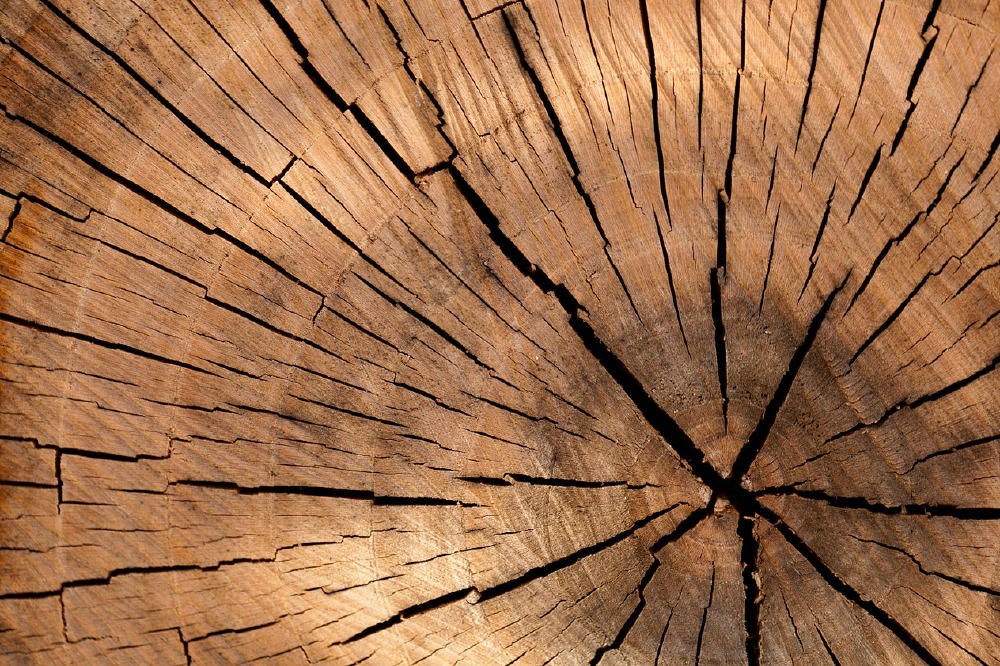Carbon footprints are a hot topic — and seemingly everyone is trying to reduce theirs. From low-carbon eating to huge corporations like McDonalds setting greenhouse gas targets and phasing out plastic straw usage in the UK, what can we be doing on an individual level?

Wood is an insulator, holding heat seven times more effectively than ceramic tiles.
Amongst homeowners and businesses, wood is becoming an increasingly popular choice, with many architects and builders choosing it for its carbon footprint benefits and ease of construction. Here, A Wood Idea explains more about why wood is a great choice for your home or business.
Renewable
The British Woodworking Federation states that over 90% of wood we use is from forests in Europe. As these are growing by 661,000 hectares each year, wood is widely regarded as one of the most naturally renewable energy sources, having a reduced environmental impact than some other materials.
Durability
Although the durability of a wooden product can be influenced by a number of factors, including the type of wood and its treatment, wood overall is generally strong and durable.
Perhaps the most durable type of wood is hardwood, with some hardwood doors lasting over 100 years. This durability means fewer new products need to be created, reducing the impact on the environment.
Heat retention
Wood is an insulator, holding heat seven times more effectively than ceramic tiles. The cellular makeup of wood and the air chambers within the wood itself, absorb and hold the heat. If your building is better insulated, you will naturally use less energy to heat it, as more heat is being retained.
Recyclable and reusable
When wood is protected and maintained, it can last for 100 years, providing you with the opportunity to adapt a piece several times throughout its lifetime. This means you can create a completely different look with the same piece of furniture through upcycling, paining and reapplying treatments.
Carbon dioxide absorption
Growing trees to supply wood actually removes carbon dioxide from the atmosphere, again reducing the material’s carbon footprint. In fact, one cubic metre of new wood removes just less than a tonne of CO2 in the atmosphere.
Once a tree reaches maturity, it will stop absorbing carbon. However, at this point, trees are usually harvested and, because wood is a ‘carbon store’, it retains any carbon absorbed.
Minimal, biodegradable waste
The creation of wooden products generates very little waste and any waste that is created is 100% biodegradable. Over time, any waste wood that cannot be used elsewhere will break down back into the earth, leaving no residual landfill.
Positive psychological impact
There are positive implications of wood for both your mental and physical health. By choosing wood over manmade substances, you reduce the presence of potentially harmful chemicals in your home or business. Plus, a report by Timber and Design Online, has found that wood, when used in interiors, can reduce stress levels.
A Wood Idea: www.awoodidea.co.uk
Tagged in environment

